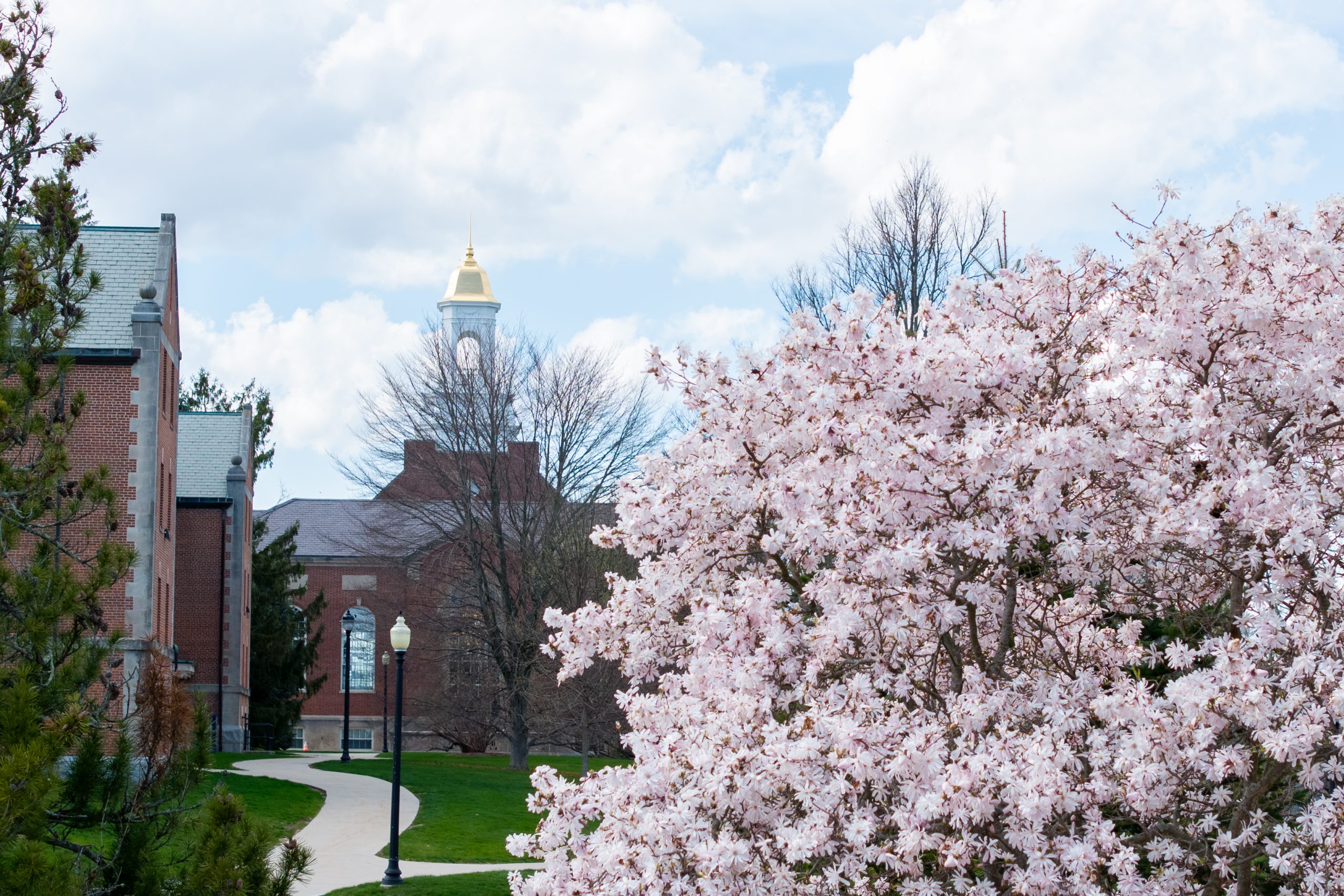By Jason M. Sheldon.
Connecticut’s forests have been transformed over the years to meet the needs of its inhabitants. Before the arrival of European settlers, Native Americans burned forests in order to clear underbrush and create habitat for the game species they hunted. In the early 1800s, when European settlers arrived in large numbers, forests were cut down to make room for agricultural production and wood was used to build structures, create products and burned for heat. By 1820, the state’s forest cover was reduced to 25 percent. With the decline of agriculture in the state and the passage of conservation acts, Connecticut’s forests have regrown and now cover an estimated 70 percent of the land.
Robert Fahey, assistant professor in the Department of Natural Resources and the Environment, notes that while it would appear that some of these returning forests are unused, they are serving as a carbon sink. This refers to the ecosystem’s ability to absorb, or sequester, carbon from the atmosphere and store it.
Connecticut trees are part of a vast regrowth of forest in the northern US and Canada. As these forests begin to mature, scientists know little about how the aging of these trees will change the ecosystem’s capacity to continue storing carbon or if they might begin to emit carbon into the atmosphere.
“Over the past hundred years or so the forests of the Northeastern US have been a carbon sink, meaning that they have been pulling carbon dioxide out of the atmosphere, offsetting some anthropogenic emissions. But these forests are aging and their potential to continue to be a carbon sink is questionable at best,” says Fahey.
In order to understand how the structure of forest ecosystems affects carbon storage, Fahey, who has a joint appointment in UConn’s Center for Environmental Science and Engineering, is studying forest canopy structure through examination of the specific arrangement of leaves. He believes canopy structural complexity is a prime indicator of efficiency in the ecosystem, which can shed light on how the environment functions.


